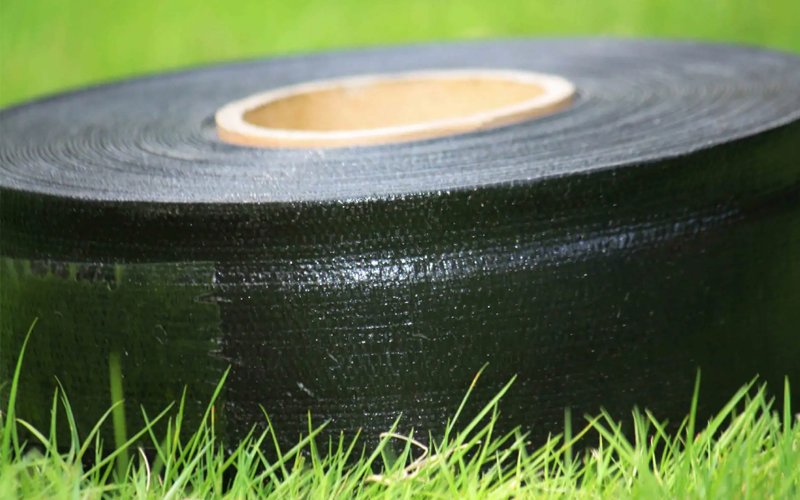
The main difference between PE (polyethylene) lay flat hose and traditional hoses lies in their construction, materials used, and intended applications. Here are some key distinctions:

1. Material: Traditional hoses are typically made of materials such as rubber, PVC (polyvinyl chloride), or a combination of rubber and PVC. On the other hand, PE lay flat hoses are made from polyethylene, a thermoplastic polymer known for its excellent durability, flexibility, and resistance to chemicals.
2. Flexibility and Portability: PE lay flat hoses are highly flexible and lightweight, making them easier to handle and transport compared to traditional hoses. They can be rolled up or folded compactly, making them convenient for storage and deployment in various applications. Traditional hoses, especially those made of rubber, can be more rigid and less portable.
3. Construction: Traditional hoses typically have an inner tube made of rubber or PVC, reinforced by layers of synthetic fibers or metal wire. They often have an outer cover for protection against abrasion and weather conditions. PE lay flat hoses, as the name suggests, are designed in a flat, rectangular shape when not in use. They can expand and deliver water under pressure when connected to a water source.
4. Water Discharge: PE lay flat hoses are primarily used for water discharge applications, such as irrigation, dewatering, and pumping. They are designed to efficiently transport water over long distances, even at relatively low pressures. Traditional hoses, depending on their construction, can be used for various purposes, including water delivery, garden watering, firefighting, or industrial applications.
5. Resistance to Kinking: Traditional hoses, particularly those made of rubber, are more prone to kinking when bent sharply. PE lay flat hoses are resistant to kinking, allowing for uninterrupted water flow even when the hose is bent or twisted.
6. Burst Pressure: PE lay flat hoses typically have a lower burst pressure compared to traditional hoses. This means that they may not be suitable for high-pressure applications or situations where the hose needs to withstand significant internal pressure. Traditional hoses, especially those reinforced with metal wire, can handle higher pressures.
7. Durability and Maintenance: PE lay flat hoses are known for their durability, resistance to abrasion, and longevity. They require minimal maintenance and are less prone to damage from UV exposure or chemicals compared to traditional hoses. However, traditional hoses may require occasional maintenance, such as checking for leaks, repairing or replacing damaged sections, and storing them properly to prevent deterioration.
It's important to consider the specific requirements of your intended application when choosing between PE lay flat hoses and traditional hoses. Each type has its own advantages and limitations, so selecting the appropriate hose will depend on factors such as water pressure, distance, flexibility, and durability needs.